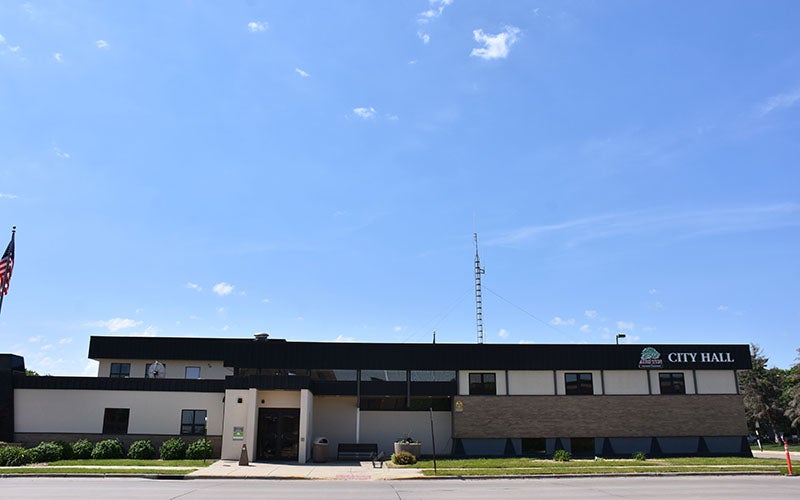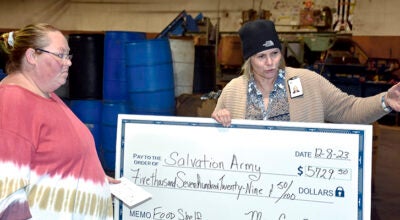CRWD continues push with 2013-14 plan
Published 4:54 am Wednesday, February 27, 2013
The CRWD Board of Managers last Wednesday unanimously approved a 2013-2014 work plan proposed by CRWD staff. The work is based on implementing the CRWD’s 10-year watershed management plan.
This is the second-straight year the CRWD has been able to conduct “earth-moving” projects since going through state-mandated steps for new watersheds to develop and approve a 10-year watershed management plan as well as establish rules for work within the district.
“We have laid out an aggressive plan to construct projects within the Cedar River Watershed to reduce flooding and improve water quality as well as work even harder to educate and connect the general public to the Cedar River and its tributaries,” CRWD Administrator Bev Nordby said.
Under the ’13-’14 plan, the CRWD will employ projects related to flood control, including water and sediment control basins in priority watershed areas to slow stormwater flows north of Austin.
In the Dobbins Creek subwatershed, CRWD staff plan to construct a retention area and assist the Minnesota Department of Transportation to research areas for water retention. Dobbins Creek is prone to flash flooding and adds greatly to flooding in Austin.
CRWD staff also will use its new watershed modeling system to apply for state Clean Water funds for practices to slow flow in the headwaters.
The CRWD will continue extensive water-quality monitoring in local waterways, work with landowners on public and private water courses to plant buffer strips, and promote practices and wetland restorations within subwatersheds. One major wetland restoration project is planned just north of Austin. CRWD staff also will start removing trees that are causing streambank erosion along the Cedar River’s tributaries.
Furthermore, the CRWD will continue to promote the Cedar River’s new state water trail designation while working with the DNR and Austin’s Vision 2020 Waterways Committee. CRWD will work with the DNR to support more public-access facilities on the Cedar River and implement a management program for fisheries, too.
For the third-straight year, the CRWD also will lead a local “Adopt-A-River” effort that places volunteers with “adopted” stretches of the Cedar River and other waterways to remove litter and debris. CRWD staff also plan to enhance their educational effort in several ways, including developing curriculum for teachers from water-quality monitoring data.
In December 2012, the CRWD was named the state’s top watershed program by the Minnesota Association of Watershed Districts for its work to reduce flooding and improve water quality in the Cedar River Watershed.




